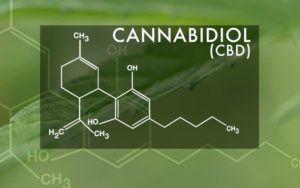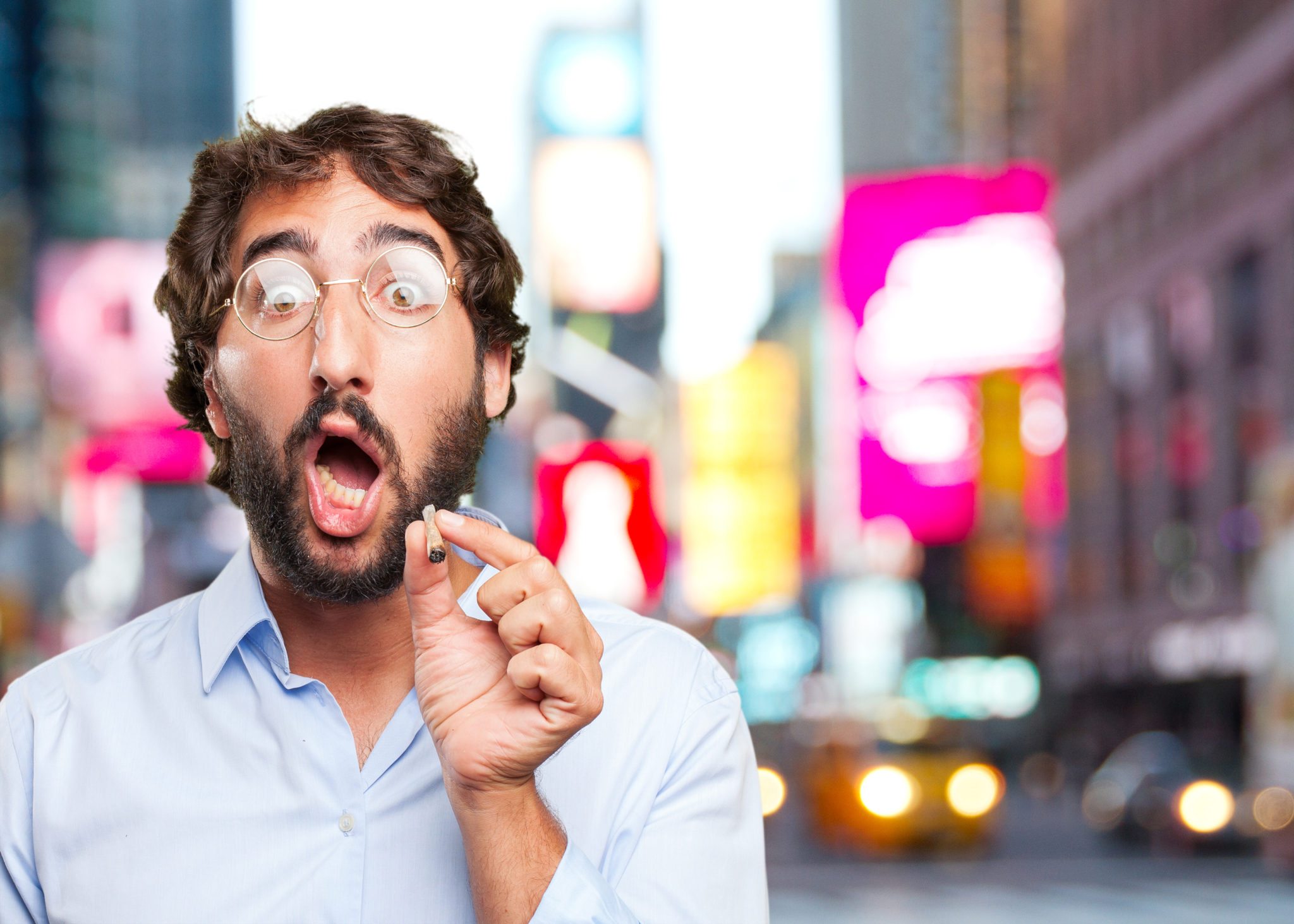 “Would you like CBD or THC?” I am positive that more than one person has been asked this question when requesting marijuana for myriad uses, including help with sleep and pain relief. As marijuana legalization pushes forward, clinical research has enabled consumers to learn more about different parts of the cannabis plant, not just the stuff that gets you high. The cannabis plant provides many more benefits- not that just getting high is a bad thing!
“Would you like CBD or THC?” I am positive that more than one person has been asked this question when requesting marijuana for myriad uses, including help with sleep and pain relief. As marijuana legalization pushes forward, clinical research has enabled consumers to learn more about different parts of the cannabis plant, not just the stuff that gets you high. The cannabis plant provides many more benefits- not that just getting high is a bad thing!
Before delving into the nitty-gritty of what CBD is, let us first gloss over the main player, THC. THC is an abbreviation for the compound tetrahydrocannabinol. When we look at a label on a marijuana product, we see a few different percentages, including THC and THCA. While many testing facilities lump all THC and THCA together on labels, technically speaking, there is a difference between the two. While THC (Delta-9) is the fully active form, THCA is essentially THC acid that is not converted into THC that your body can use to get high. THCA is what dry herb contains the most of, which is converted to THC when you light it or vaporize it. In laymen’s terms, you cannot eat a bud and get ripped, but adding fire and smoking the bud will convert the THCA to THC and will get you ripped.
We have our basic understanding of THC, so let us move on to what CBD is. CBD is an acronym for cannabidiol. CBD exists typically in negligible amounts, especially in the recreational marijuana market. You can expect to generally see CBD levels ranging from 0 to 0.8% CBD in recreational marijuana. However, the popularity of CBD use in the medical marijuana industry has expanded to intrigue even recreational consumers. What exactly does CBD do, though?
CBD, when isolated, is non-psychoactive- meaning it will not get you high. Higher doses of CBD have been linked to benefits such as pain relief, insomnia relief, and anxiety relief. CBD, while not delivering the stone or heavy couch-lock of an Indica, offers relaxing effects without the fog, making CBD the top choice for consumers wanting to take the edge off without losing their ability to function. Further, CBD can still be strain-specific, allowing consumers to better meet their needs.
When it comes to choosing the right dose of CBD for you, we recommend experimenting until you find a ratio that works for you. Many consumers prefer the lowest THC content with their CBD, while others find that they enjoy the heavy relaxing effect of equal amounts of CBD and THC. Because CBD is available in many forms, such as smokeables and edibles, there are many different doses you can try. Our recommendation, as always, is to go slow and low until you find your sweet spot! Our budtenders will always be happy to make recommendations on the right CBD level for you.
